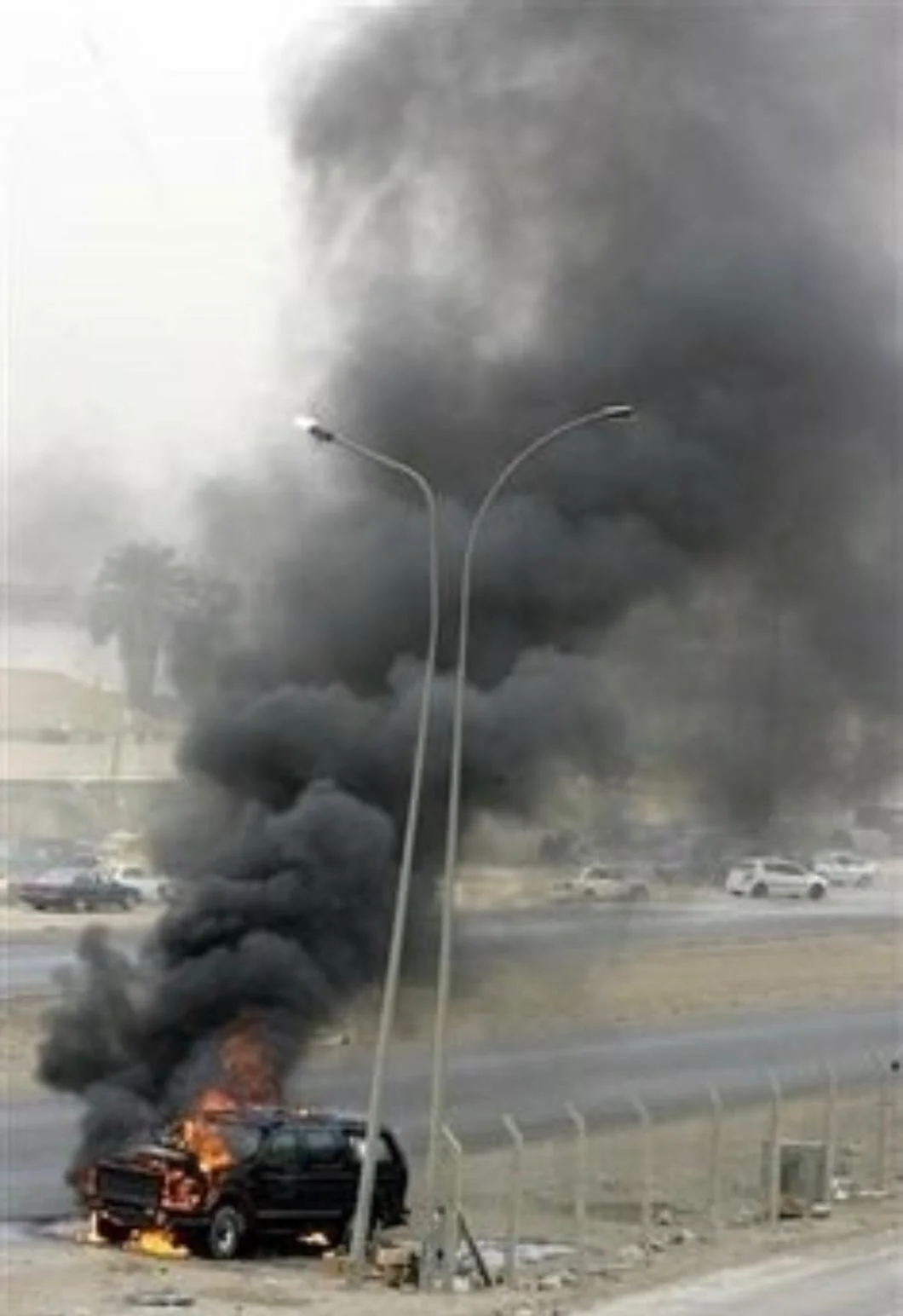
TEMPORARY WORKS | MODULES & RESOURCES
MENU // Home | Modules & Resources | Assessment & Exercises | Further Reading | Free Downloads | Videos
Below you will find information and documents relevant to each module of your Temporary Works course.
We recommend you familiarise yourself with the Learning Outcomes of each module prior to commencing the course to assist with note taking.
Key Resources
Please note: Section 2 of BS5975, provided above, is shared only for use during this course. Any unauthorised sharing, downloading or printing of this document is not permitted.
BS 5975 received an update in 2019. Students that hold an existing Temporary Works qualification may be familiar with the earlier version of this standard. To support this transition the following document contains a summary fo the updates provided by the current (2019) version.
Example Temporary Works Procedure
Appointment Forms
Other Useful Documents
Module 1 | What are temporary works?
Key Learning Objectives
1. Describe types of temporary works
Describe the different types of temporary works and temporary works solutions, and the impact of their failure on health and safety on construction sites
Module 2 | The history of temporary works
Key Learning Objectives
2. The history of temporary works and its legislative framework
Describe the history that set the requirements for a series of changes to create a robust, safety-conscious process for the design, management, installation and removal of temporary works.
3. The causes and consequences of failure
Explain the hazards, risks, causes and consequences of failure in temporary works.
4. The avoidance of failure
Describe the techniques used to avoid failure, focussing on the 4Cs.
Module 3 | Who is involved in temporary works
Key Learning Objectives
1. Stakeholders’ and duty holders’ responsibilities and accountabilities
To be able to describe and understand the key roles and responsibilities of the primary stakeholders responsible for managing the safe implementation, management and dismantling of temporary works, including the appointment of key roles.
Module 4 | Planning temporary works
Key Learning Objectives
1. Managementand control of design
Explain the management and control of the design, materials, components and key solutions
2. Key processes
Describe the key processes that form a safe system of work
3. Procurement
State the key elements involved in appointing competent organisations, designers and contractors to manage the execution of the works on site
4. Risk Classification
Describe the importance of risk classification and its impact on design and risk management
Module 5 | Managing construction, erection and dismantling of temporary works
Key Learning Objectives
1. Key activities required during the active life of the temporary works
Explain the key considerations for the co-ordination, supervision and checking of works on site during the construction, erection and dismantling of temporary works.
At the end of the course, you should understand:
What is included in the scope of temporary works (TW)
The need for and explain the duties of a Temporary Works Coordinator (TWC)
The other key roles involved in TW
The purpose of a TW procedure and the use of the British Standard BS 5975: 2019 in relation to the role
The documentation used in TW and how other legislation and guidance relate to it.
The importance of risk management and the ‘4C’s’ (communication, co-ordination, co-operation and competence).
Recommended Reading
Construction Engineering | A Guide to Temporary Works in Construction & BS 5975:2019
Author (credit): Ronan O’Driscoll
This free publication was developed by Ronan and reviewed by over 50 peers. It includes summary information and guidance relating to all aspects of temporary works, from applicable UK legislation, roles, responsibilities, to specific technical guidance.
Beyond this course, this publication can (and should) be used as a guide, or to gain a more intricate understanding of temporary works.

































